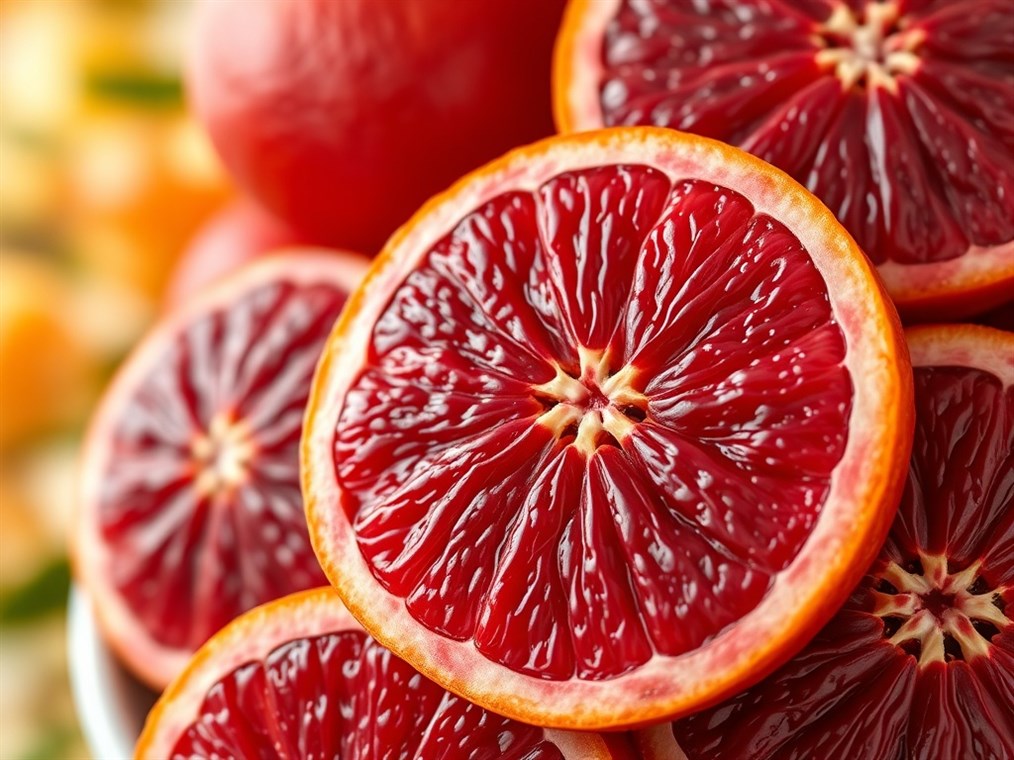Are Blood Oranges Expensive? Let’s Get Real About the Crimson Citrus
Blood oranges. Just the name conjures up images of vibrant, crimson fruit bursting with a flavor that’s a bit like a regular orange, but with a tantalizing hint of raspberry. They’re special, no doubt. But does that “specialness” translate to a bigger dent in your wallet? Let’s dive in and see what’s what.
So, why are blood oranges sometimes pricier than your everyday navel orange? Well, it’s not just one thing; it’s a bunch of factors all working together.
First off, these beauties are a bit picky about where they grow. They need those specific climate conditions – think sunny days and chilly nights – to really bring out that gorgeous red color. That color comes from anthocyanins, those powerful antioxidants, and they only show up when the temperature drops at night. You mostly find these ideal conditions in places like California, Italy, and Spain. Because they can’t just grow anywhere, that naturally limits how many there are.
Then there’s the season. Blood oranges don’t hang around all year. They have a relatively short season, generally popping up between December and May, give or take, depending on the exact type and where they’re grown. Moro blood oranges are usually the first to arrive, around December to March, with Taroccos sticking around a bit longer, from January to May. Limited time equals higher demand, you know how it goes.
Of course, basic economics plays a role, too. Supply and demand, plain and simple. If a sudden frost wipes out a chunk of the crop, expect prices to jump. But if the weather’s been kind and there’s a bumper harvest, you might just snag a bargain.
And speaking of types, did you know there are different kinds of blood oranges? Moro, Tarocco, Sanguinello – each has its own unique characteristics, and that can affect the price, too. Some are more popular, some are harder to grow, you get the picture.
Don’t forget the journey from the orchard to your kitchen. All that trucking, shipping, and handling adds to the cost.
Finally, there’s the “organic” factor. More and more people are looking for organic and sustainably grown produce, and that can definitely bump up the price of blood oranges, too.
So, how much more are we talking? You might find blood oranges costing around 10-15% more than regular oranges. It’s not a fortune, but it’s definitely something to consider.
Where can you find these crimson gems? Farmers’ markets are a great bet, especially if you live in a citrus-growing area. Specialty stores are another good option. When you’re picking them out, go for oranges that feel firm and heavy for their size. A reddish blush on the peel is a good sign, but don’t get too hung up on the color of the rind itself – different varieties have different shades.
Want to keep your blood oranges fresh for as long as possible? Store them in a cool, dry place, away from direct sunlight. They’ll last a week or two at room temperature, or you can pop them in the fridge for up to a couple of months. Just be gentle with them!
And hey, it’s not just about the taste and color. Blood oranges are good for you, too! They’re similar to regular oranges in terms of calories – around 60 to 90 each. Plus, they’re packed with fiber, folate, and vitamin C. But the real star of the show is those anthocyanins, those powerful antioxidants that give blood oranges their distinctive color. They’re linked to all sorts of health benefits, from fighting cancer to keeping your heart healthy.
So, are blood oranges expensive? Sometimes, yes, a little more than your average orange. But with their unique flavor, stunning color, and potential health perks, they’re often worth the splurge. Now you know the inside scoop, so go ahead and treat yourself to some crimson citrus goodness!

